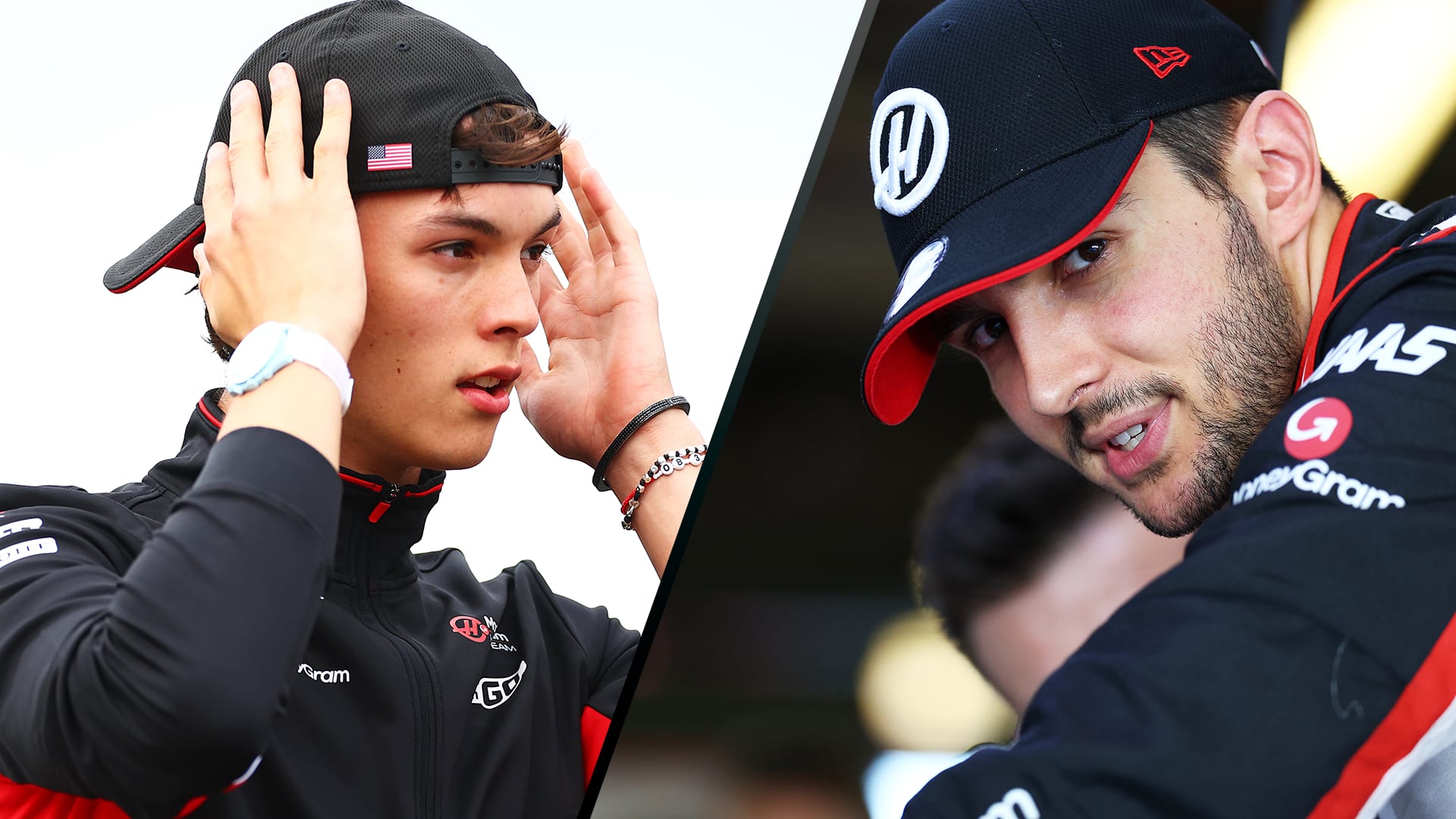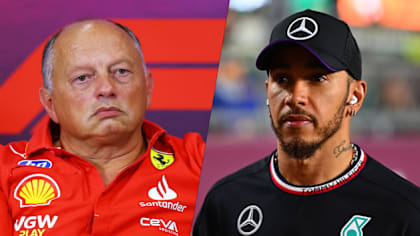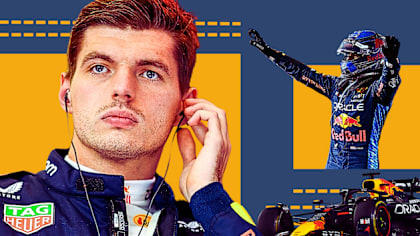1 / 2
News
FIA clarifies radio transmission restrictions
Formula One racing’s governing body, the FIA, has provided the teams with a detailed list of the types of pit-to-car radio messages that will and won’t be allowed from this weekend’s 2014 Formula 1 Singapore Airlines Singapore Grand Prix onwards.
It follows last week’s directive which advised that any radio transmissions including information related to the performance of the car or driver would be considered a contravention of Article 20.1 of the sporting regulations. This states that "the driver must drive the car alone and unaided”.
The move follows recent media scrutiny about the amount of information being given to drivers by their race engineers, particularly in terms of how they can gain lap time.
Among the message types now banned - either by radio or pit board - include information about a competitor’s sector times, information on the level of fuel saving needed, any coded messages, and answering a direct technical question from a driver such as "Am I using the right torque map?"
Certain message types, such as information on tyre pressures and temperatures and brake wear and temperatures, will only be prohibited from the next round of the championship in Japan in order to give teams time to adapt to the changes.
The full list is as follows:
Message types allowed
- Acknowledgement that a driver message has been heard.
- Lap or sector time detail.
- Lap time detail of a competitor.
- Gaps to a competitor during a practice session or race.
- "Push hard", "push now", "you will be racing xx" or similar.
- Helping with warning of traffic during a practice session or race.
- Giving the gaps between cars in qualifying so as to better position the car for a clear lap.
- Puncture warning.
- Tyre choice at the next pit stop.
- Number of laps a competitor has done on a set of tyres during a race.
- Tyre specification of a competitor.
- Indication of a potential problem with a competitor's car during a race.
- Information concerning a competitors likely race strategy.
- Yellow flags, blue flags, Safety Car deployment or other cautions.
Message types not allowed
- Sector time detail of a competitor and where a competitor is faster or slower.
- Adjustment of power unit settings.
- Adjustment of power unit setting to de-rate the systems.
- Adjustment of gearbox settings.
- Learning of gears of the gearbox (will only be enforced from the Japanese Grand Prix onwards).
- Balancing the SOC [state-of-charge of batteries] or adjusting for performance.
- Information on fuel flow settings (except if requested to do so by race control).
- Information on level of fuel saving needed.
- Information on tyre pressures or temperatures (will only be enforced from the Japanese Grand Prix onwards).
- Information on differential settings.
- Start maps related to clutch position, for race start and pit stops.
- Information on clutch maps or settings, e.g. bite point.
- Burn-outs prior to race starts.
- Information on brake balance or BBW (brake-by-wire) settings.
- Warning on brake wear or temperatures (will only be enforced from the Japanese Grand Prix onwards).
- Selection of driver default settings (other than in the case of a clearly identified problem with the car).
- Answering a direct question from a driver, e.g. "Am I using the right torque map"?
- Any message that appears to be coded.
YOU MIGHT ALSO LIKE
News Vasseur responds to Hamilton’s 'not fast anymore' concerns ahead of Ferrari arrival
News Alpine confirm Williams super-sub Colapinto as reserve driver for 2025 season
FeatureF1 Unlocked ‘I hate losing’ – Max Verstappen on sealing title No. 4, his prospects for 2025, and life away from F1
FeatureF1 Unlocked ‘Ferrari is completely different, but the target is the same’ – Vasseur on how Hamilton will handle his Maranello move






)